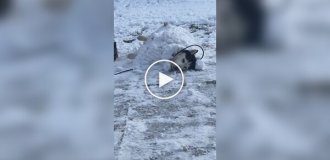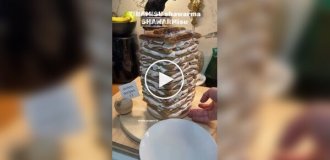Cyclocosmia: a spider with an unusual pattern on its abdomen (6 photos)
Spiders of the genus Cyclocosmia have a truncated abdomen with an unusual pattern that is very reminiscent of an ancient “seal”. 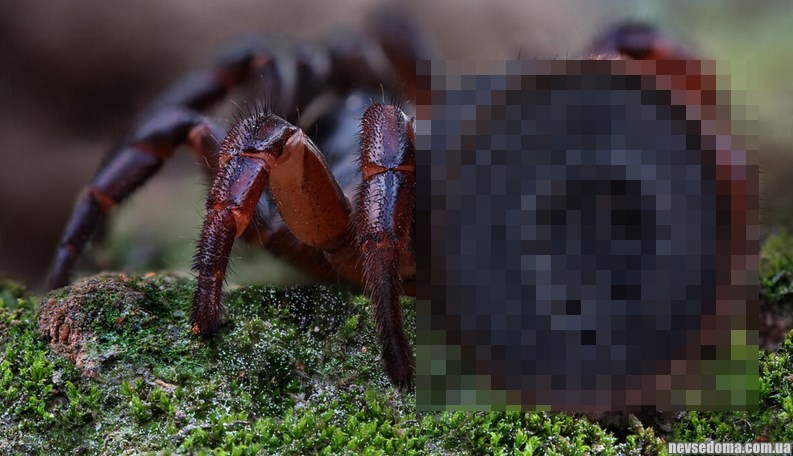
While people spend a lot of money, time and effort to make their bodies as strong as a nut and as attractive as those of celebrities, an entire spider genus of Cyclocosmia chuckles quietly in their burrows. After all, by nature they have almost the most enviable bumper, which they demonstrate at every opportunity. 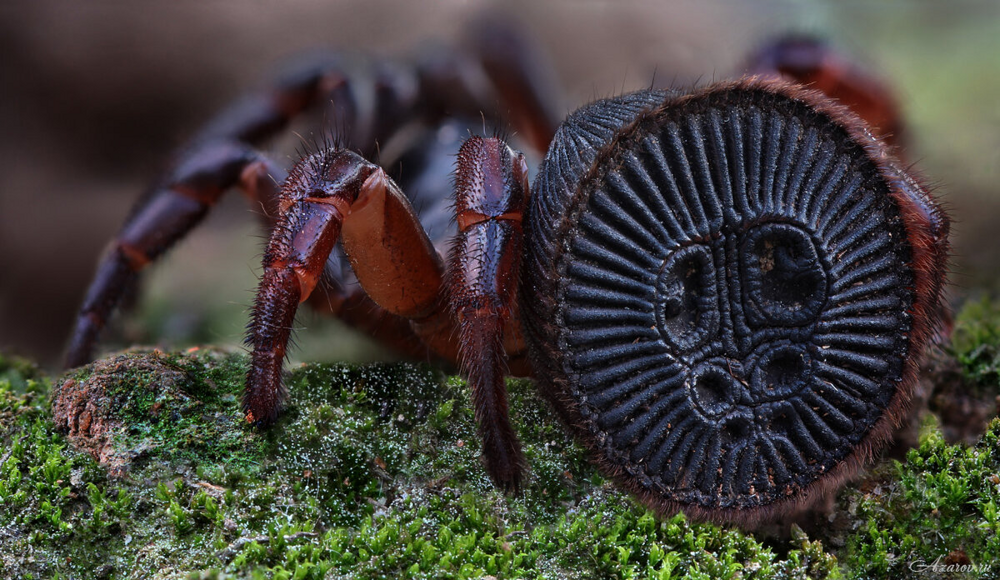
And such cases appear often. These spiders are small: males are only 2 cm, females are no more than 5. But they have the courage and impudence of a tarantula! Any animal that is unlucky enough to be smaller automatically turns into lunch. And large predators of Cyclocosmia are not shy about showing their butts! 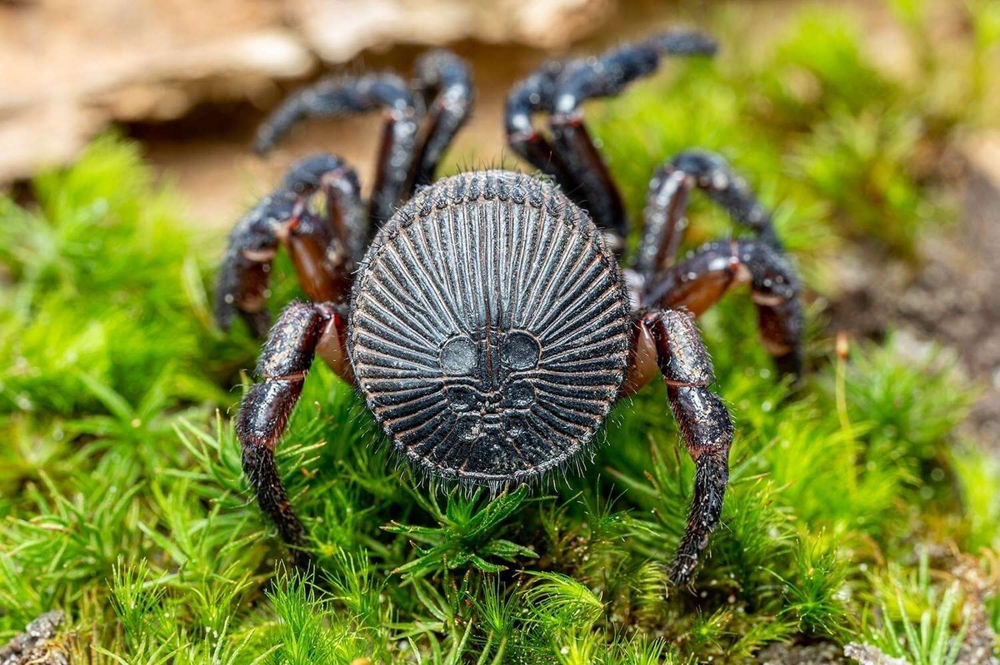
As soon as someone strong appears on the horizon, the spider immediately begins to dig a hole, the entrance to which is blocked with its spiked, bulletproof popchella. The spider's abdomen has no hairs and consists of durable chitin. And the rear structure itself is reinforced with 30 ribs on each side. In this situation, it is not possible to pull the animal out of its hiding place. 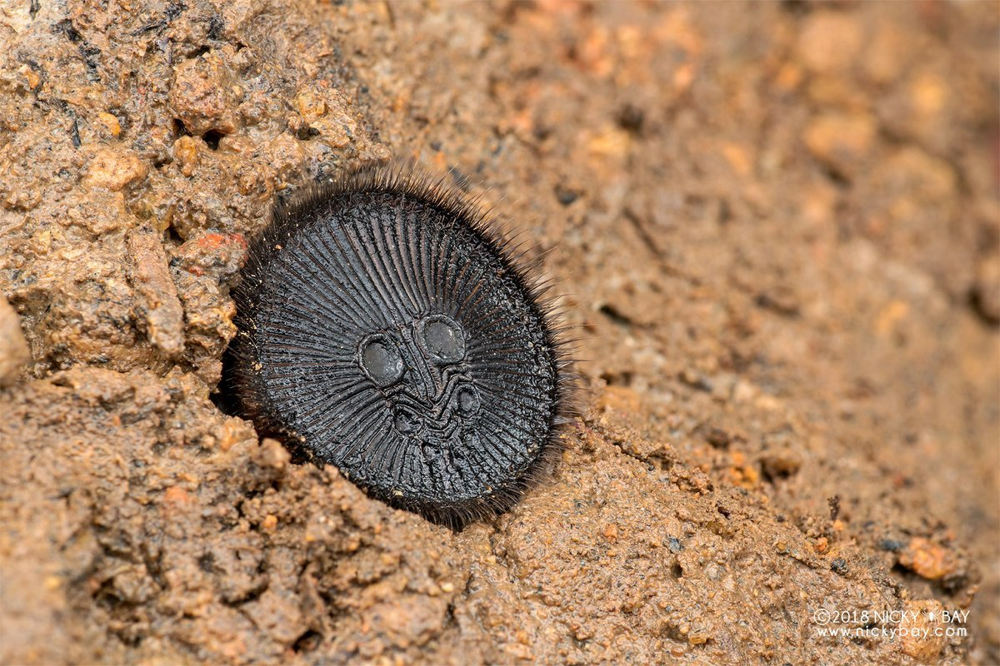
Turning your back to the problem and blocking the entrance with your body is a whole tactic called phragmosis. It is found not only in spiders, but also in frogs, insects and even mammals. For example, wombats. 
Compensation for a missed lunch is an aesthetic pleasure. After all, the spider’s butt is just a sight for sore eyes! The pattern on the abdomen depends on the species, of which there are 7. It even got its name thanks to this plate - “Inca seal”. 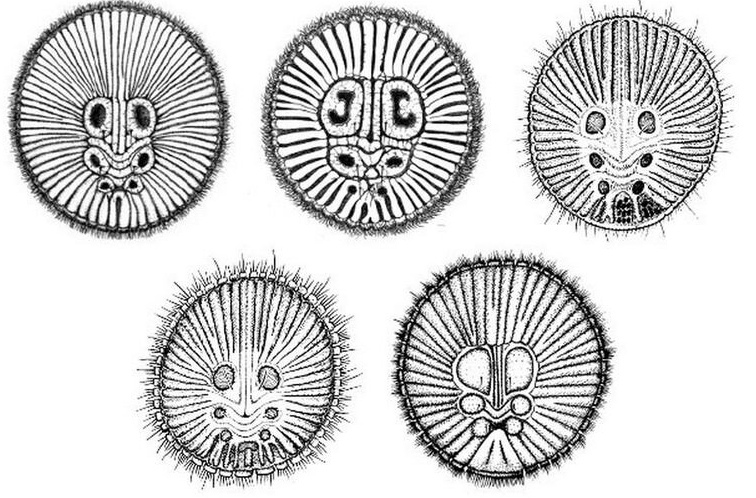
But the ancient Indians could really be inspired by this spider in their work!
Although this is hardly fair, because Cyclocosmia is much older than any of the human civilizations and even many spiders. Paleontologists gave the oldest fossil of this genus as 100 million years old! During this time, spiders managed to spread to two continents: some species live in Asia, some in Central America. 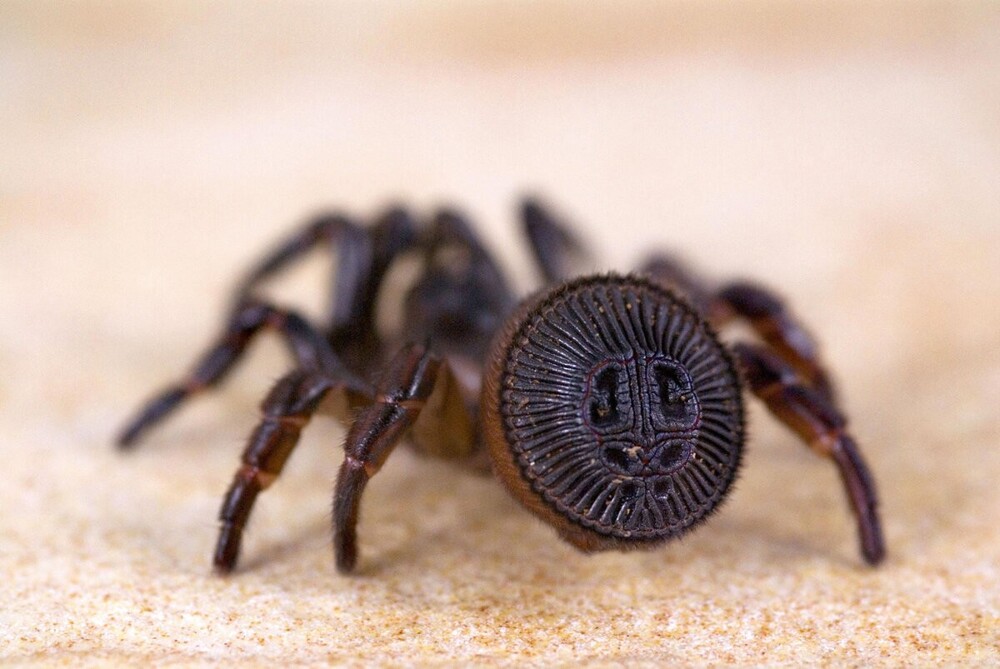
Cyclocosmia minks are needed not only for protection, but also for hunting. Around the shelter, spiders spread signal threads, the ends of which are connected to the legs of the predator. As soon as a careless victim steps on one of them, she is immediately dragged into the dark depths of the spider hole. If suddenly the place chosen by the spider for hunting is not particularly popular with prey, it doesn’t matter. Cyclocosmia live quietly without food for six months. They line the shelter with cobwebs and fall asleep until better times come.
